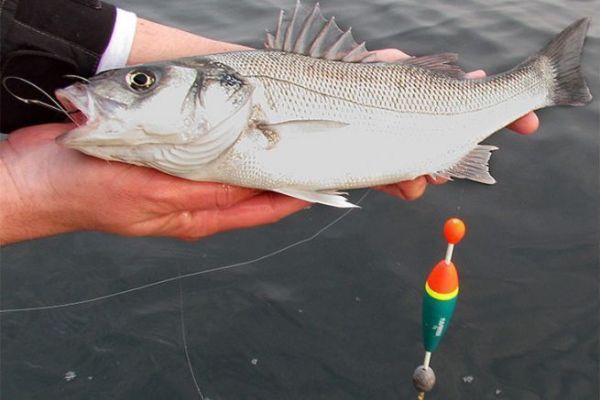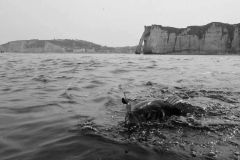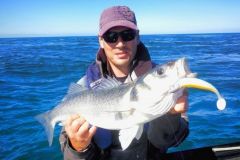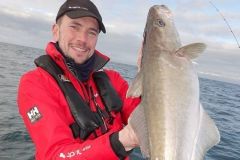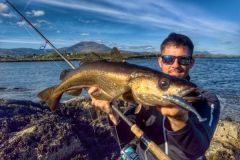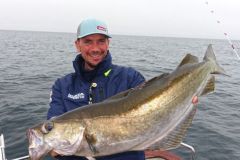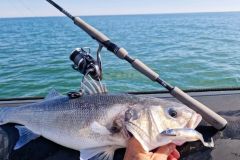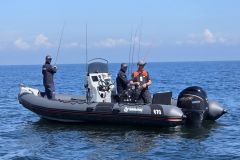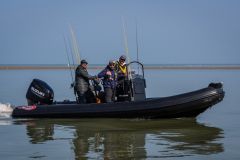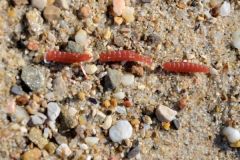Float principle
With a float, you can fish for sea bass in areas that are very uneven and inaccessible when fishing from the bottom. Cork fishing allows you to rediscover fishing spots that are too busy with undesirable individuals on the bottom: green crabs, crab cakes, other crustaceans, conger eels, flounder... These species are avoided by using the float to fish at mid-depth.
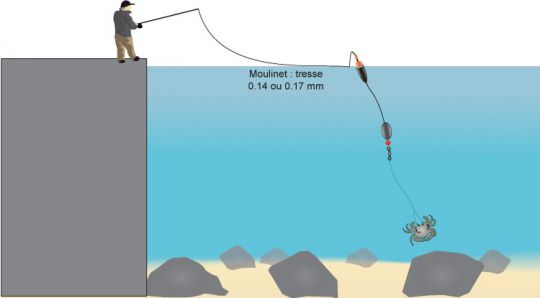
Equipment for float fishing
For the complete beginner, this is the ideal technique for discovering the joys of sea bass fishing in the Channel/Atlantic or bass fishing in the Mediterranean! A rod and reel set costing less than 100 euros is all you need for this technique. It's also a great opportunity to introduce bass fishing to non-fishing friends, who may well become initiates and practitioners of this simple fishing technique.
You need to keep your rod in your hand at all times, so it's best to opt for lightweight equipment for ease of use. At the same time, it adds a touch of sport to your fishing, giving you the thrill of hitting a big bass. The rod should measure between 2.10 m and 2.70 m, a very good compromise for beginners. The weight of the rod depends on the weight of the float. It should be between 10-30 g and 20-50 g. If your area is paved with rocks, especially if they are lined with oysters or mussels, you need to reel in the fish quickly, and use a fast-recovery reel (large ratio). A size 3000 to 5000 will do the trick.
The reel should be fitted with about 100 metres of braid. To ensure that the braid is wound flush with the spool, remember to fill the bottom of the spool with at least 50 metres of low-end 35/100 nylon. A floating braid is essential for float fishing, especially on riprap. A sinking braid is likely to get caught in riprap or seaweed, and you'll want to pay more attention to the positioning of the braid than to the float. In addition, a floating braid allows you to stay in direct contact with the float, and to hook more quickly on touch.
Assembly
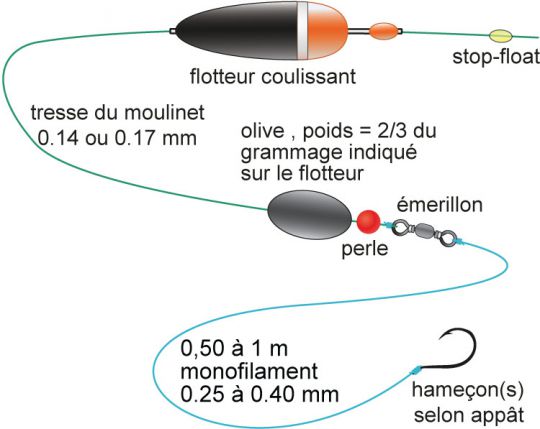
I recommend a sliding float, which allows you to adjust the length of the leader by means of a "thread-stopper" which acts as a stop. Use a sliding "olive" sinker weighing three-quarters of the weight indicated on the float and a barrel or clip swivel to attach the leader below the float. Finally, the final nylon, at the end of which the hook is placed, should be about 1 metre long behind the swivel and olive. This nylon should be 25 to 40/100. In extreme cases, such as float fishing in oyster beds, you can use 50/100 leader. The hook depends on the bait used! It must be particularly spicy and not too thick to increase the chances of hooking a fussy fish.

